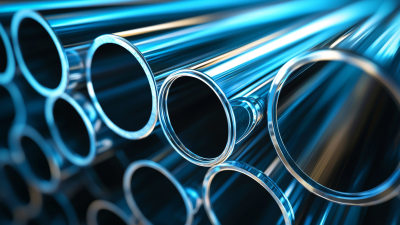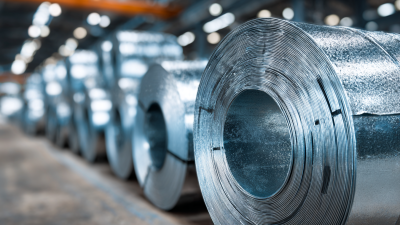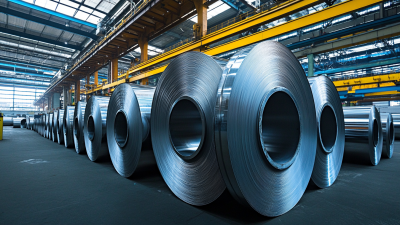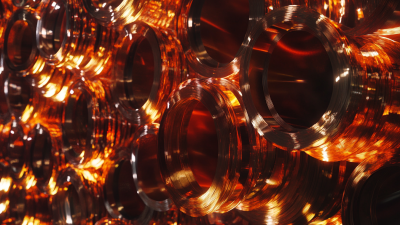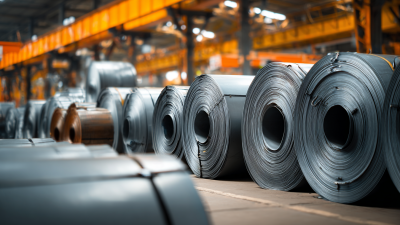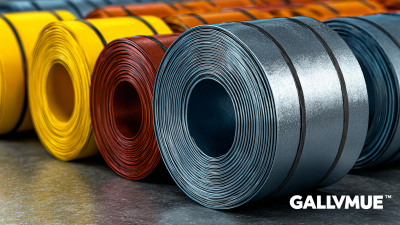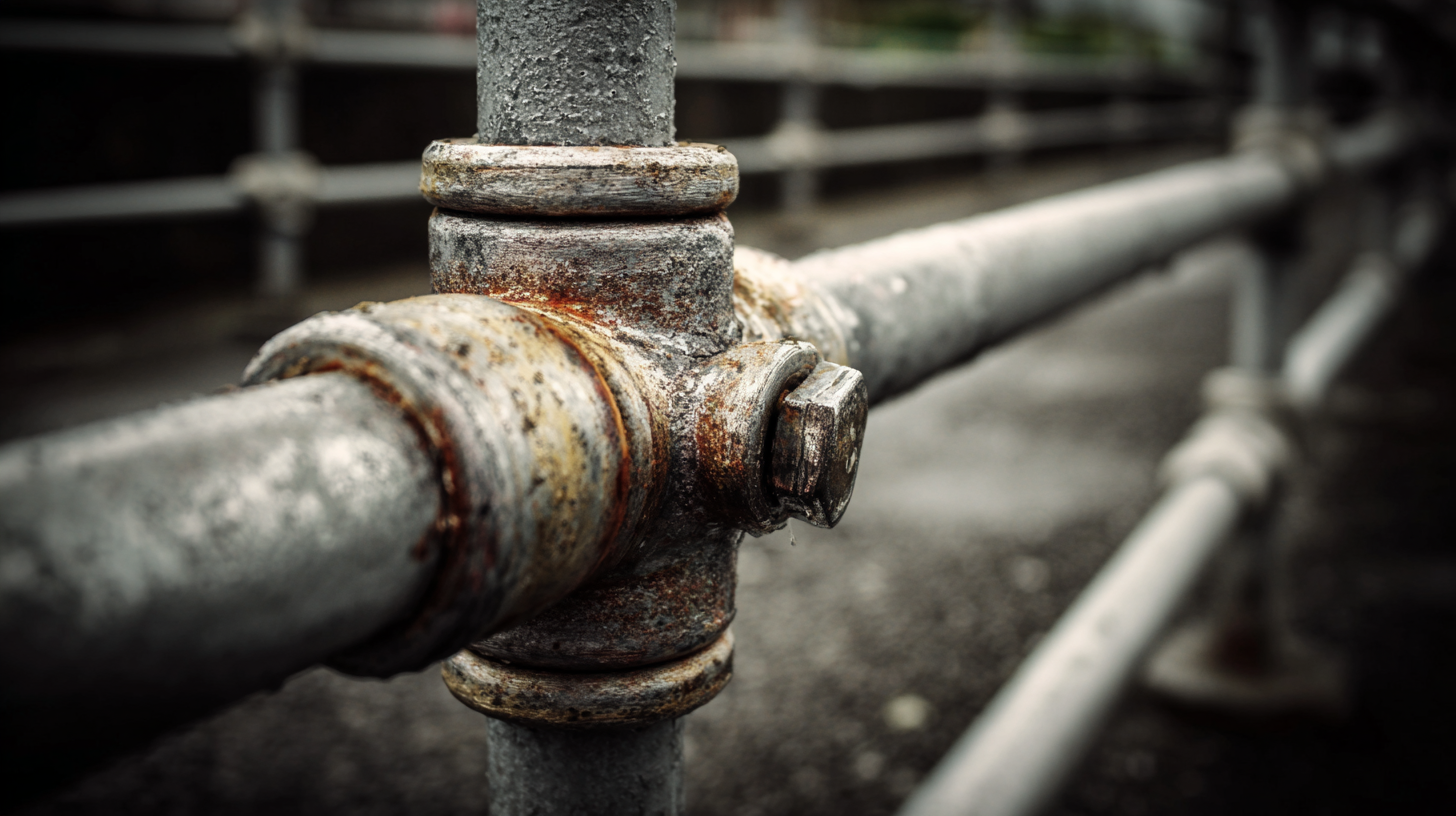 In the industrial sector, the choice of materials is crucial for ensuring efficiency, safety, and longevity in various applications. Galvanized pipe, known for its corrosion-resistant properties, is a popular option that has stood the test of time. This blog will explore the top strategies for utilizing galvanized pipe in a range of industrial contexts, highlighting its advantages and potential alternatives that can complement or replace it in specific scenarios. We will delve into the benefits of galvanized pipe, such as its durability and low maintenance needs, while also considering modern alternatives that may offer unique advantages for different applications. By understanding the strengths and limitations of galvanized pipe, industrial professionals can make informed decisions that enhance their operations and project outcomes.
In the industrial sector, the choice of materials is crucial for ensuring efficiency, safety, and longevity in various applications. Galvanized pipe, known for its corrosion-resistant properties, is a popular option that has stood the test of time. This blog will explore the top strategies for utilizing galvanized pipe in a range of industrial contexts, highlighting its advantages and potential alternatives that can complement or replace it in specific scenarios. We will delve into the benefits of galvanized pipe, such as its durability and low maintenance needs, while also considering modern alternatives that may offer unique advantages for different applications. By understanding the strengths and limitations of galvanized pipe, industrial professionals can make informed decisions that enhance their operations and project outcomes.
When selecting galvanized pipes for industrial applications, it is crucial to understand the specific challenges associated with these materials. One major consideration is the varying quality of galvanized pipes available on the market. According to the American Galvanizers Association, approximately 30% of galvanized pipes fail to meet the required standards, leading to potential project delays and increased costs. Therefore, thorough research and quality certification verification are essential before making a purchasing decision.
**Tip:** Always request third-party testing certifications for galvanized pipes to ensure compliance with ASTM standards. This guarantees that the pipes have undergone rigorous testing for durability and resistance to corrosion, which are vital for long-term functionality.
Another challenge lies in the correct assessment of the pipe's intended application. Factors such as the environment, pressure requirements, and type of fluid being transported significantly influence the choice of the appropriate galvanized pipe. The International Pipe Industry Coalition reports that nearly 20% of industrial projects experience costly downtime due to improper pipe selection.
**Tip:** Consult with an industry expert or a piping engineer to evaluate your project requirements thoroughly. They can assist in identifying the right specifications, which can save both time and resources in the long run.
Galvanized pipes, known for their durability and corrosion resistance, are widely used in various industrial applications. However, they are not immune to corrosion issues, which can undermine their longevity and performance. Common problems include rust formation, particularly in areas where the zinc coating has worn away or been damaged. This rust can lead to blockages, reduced flow efficiency, and ultimately system failures if not addressed promptly. Identifying these vulnerability points is crucial for maintaining the integrity of the piping system.
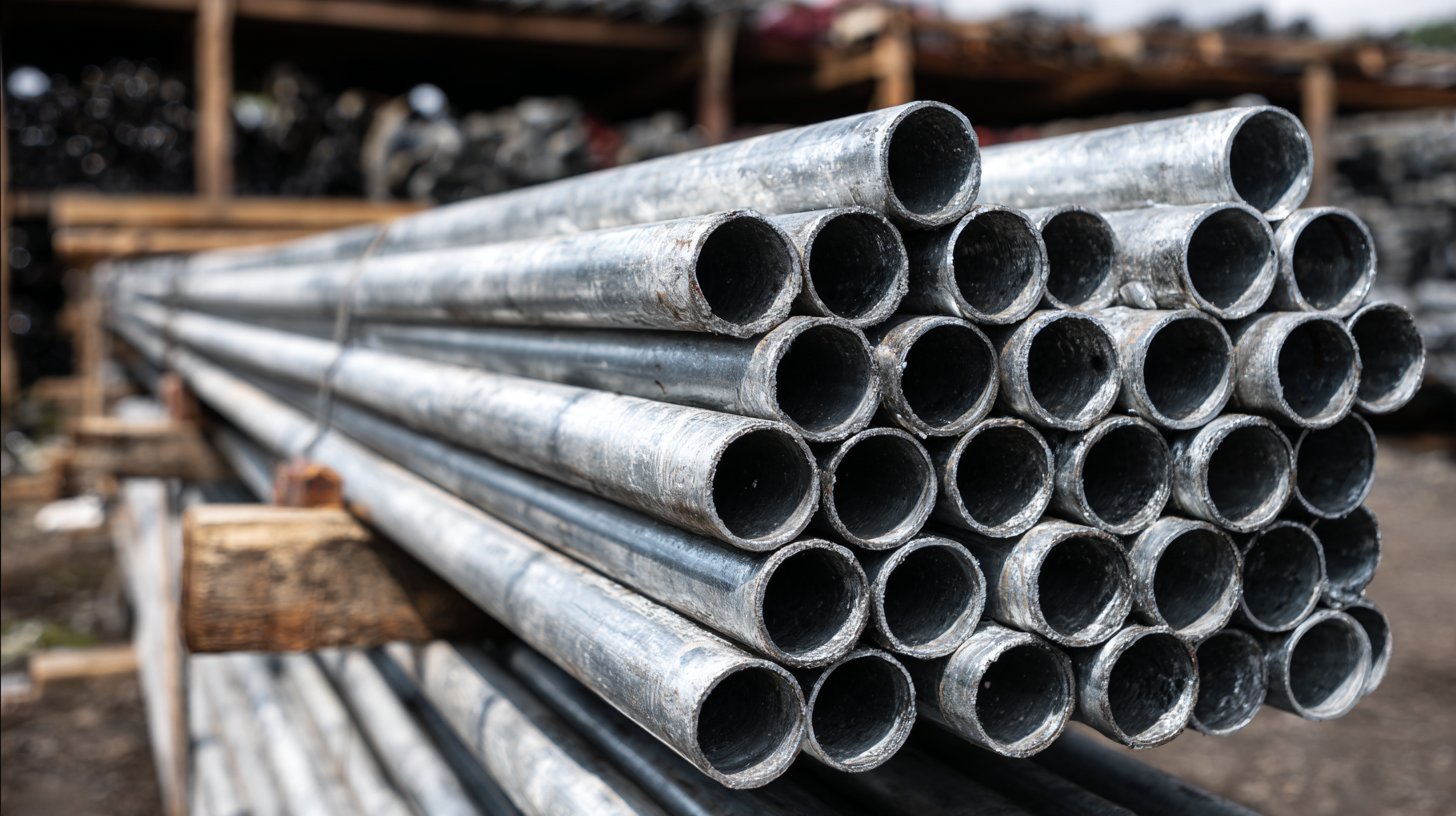
To mitigate corrosion, employing protective measures is essential. Regular inspections should be conducted to identify signs of wear or corrosion early on. Furthermore, applying complementary protective coatings and ensuring proper installation techniques can enhance the lifespan of galvanized pipes. Implementing a cathodic protection system can also be effective, as it creates a barrier that prevents corrosion by redirecting electrochemical processes. By proactively addressing these corrosion issues, industries can optimize their operations and ensure the reliability of their galvanizing systems for years to come.
When considering galvanized pipe for industrial applications, it is crucial to understand its limitations in extreme environments. While galvanized pipe is known for its corrosion resistance due to the zinc coating, this protection can diminish under severe conditions. High temperatures, for example, can cause the zinc to oxidize, leading to rust formation within the pipe over time. In environments where extreme heat is generated, such as certain manufacturing processes, the long-term integrity of galvanized pipe can be compromised.
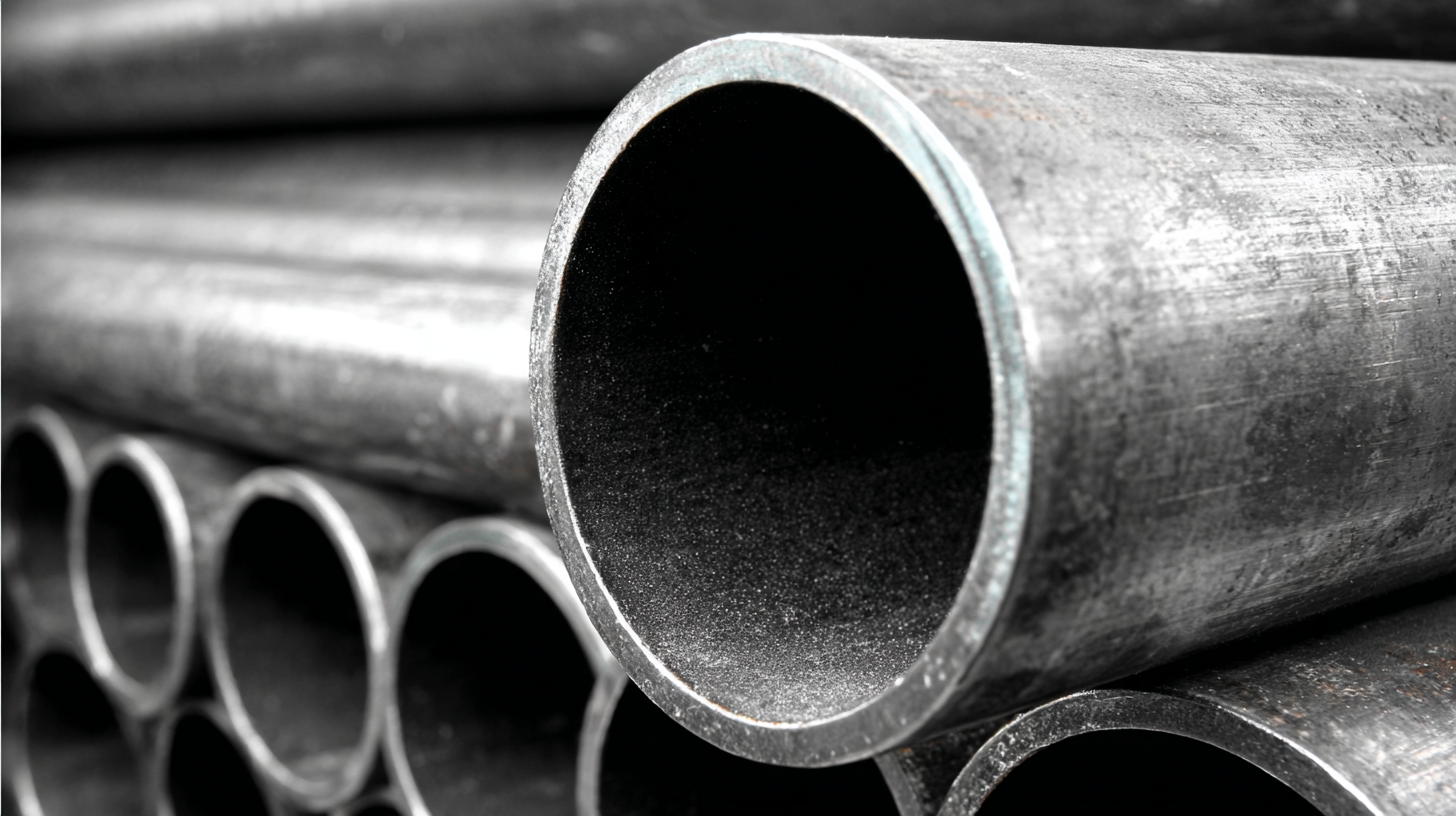
Additionally, the effectiveness of galvanized pipe can be challenged in highly acidic or alkaline environments. The zinc coating may not provide sufficient protection against corrosive substances, jeopardizing the structural integrity of the pipe. In these cases, alternative materials, such as stainless steel or specialized alloys, may be necessary to ensure safety and longevity. Industries must conduct thorough evaluations of their specific conditions to determine whether galvanized pipe is the right choice or if a more robust solution is required to withstand the challenges posed by extreme environments.
When working with galvanized pipes in industrial applications, proper installation and maintenance are crucial for ensuring longevity and optimal performance. One key aspect of installation is ensuring that the threading is done accurately. This helps prevent leaks and structural weaknesses. Always use Teflon tape or pipe joint compound on the threads to create a tight seal. Additionally, take care to install the pipes at the appropriate angle to allow for proper drainage and avoid any pooling of liquids.
Maintenance of galvanized pipes involves regular inspections and cleaning to prevent rust and corrosion. One effective tip is to periodically flush the system with a vinegar and water solution to dissolve any mineral buildup. It’s also advisable to check for any signs of leaks or deterioration, especially around joints and fittings. Addressing these issues promptly can save time and resources in the long run. Furthermore, when replacing any sections of galvanized piping, ensure compatibility with existing materials to maintain system integrity.
| Strategy | Description | Best Practice | Common Applications |
|---|---|---|---|
| Corrosion Resistance | Utilizing galvanized pipe to resist rust in various environments. | Regularly inspect and maintain protective coatings. | Water supply, drainage systems |
| Proper Installation Techniques | Employing correct methods and tools for installing pipes. | Follow manufacturer guidelines for installation. | Plumbing, HVAC systems |
| Regular Maintenance | Ensuring pipes are regularly inspected to identify issues early. | Schedule annual inspections and cleanings. | Industrial water systems, gas lines |
| Joint Protection | Minimizing corrosion at pipe joints through various methods. | Use joint compounds or sealants to protect against leaks. | Chemical processing, manufacturing plants |
| Temperature Control | Managing temperature variations to prevent damage. | Insulate pipes in extreme temperature areas. | Steam lines, hot water systems |
When utilizing galvanized pipe in industrial applications, it’s crucial to address common issues that can arise during their use. One frequent problem is corrosion, which can occur when galvanized pipes are installed in environments with high humidity or exposed to certain chemicals. To troubleshoot this, regular inspections and maintenance are essential. Employing a protective coating or switching to more resistant materials can also help prolong the lifespan of galvanized pipes in challenging environments.
Another issue to consider is improper installation, which can lead to leaks and operational inefficiencies. Ensuring proper alignment and using high-quality fittings can mitigate this risk. Additionally, it's important to be aware of the effects of galvanic corrosion when mixing metals in piping systems. When connecting galvanized pipes to other materials, using dielectrics or isolating solutions can prevent electrolytic reactions that can compromise the integrity of the system. By actively monitoring these factors, industries can effectively troubleshoot and enhance the reliability of their galvanized pipe systems.
